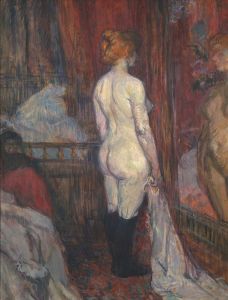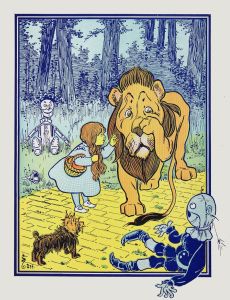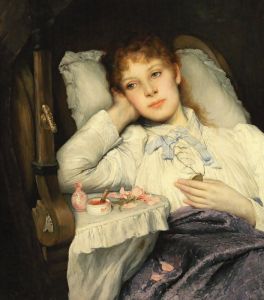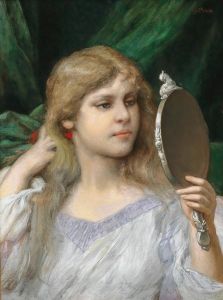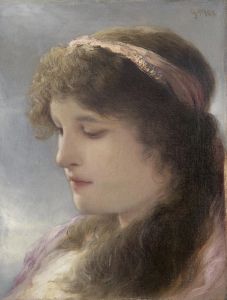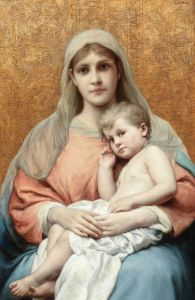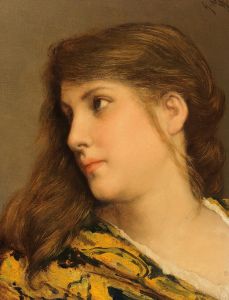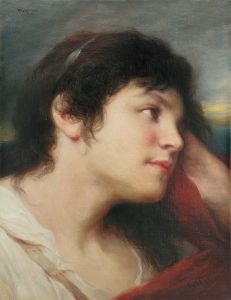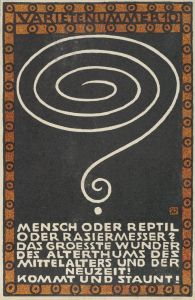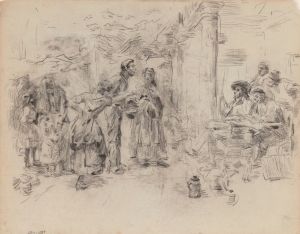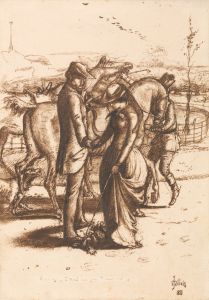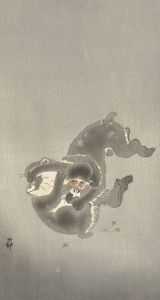
Three Monkeys
A hand-painted replica of Gabriel von Max’s masterpiece Three Monkeys, meticulously crafted by professional artists to capture the true essence of the original. Each piece is created with museum-quality canvas and rare mineral pigments, carefully painted by experienced artists with delicate brushstrokes and rich, layered colors to perfectly recreate the texture of the original artwork. Unlike machine-printed reproductions, this hand-painted version brings the painting to life, infused with the artist’s emotions and skill in every stroke. Whether for personal collection or home decoration, it instantly elevates the artistic atmosphere of any space.
Gabriel von Max (1840–1915) was a Czech-Austrian painter associated with the Munich School, known for his works that often combined elements of mysticism, science, and human emotion. One of his notable paintings, Three Monkeys, reflects his fascination with both the natural world and the study of human and animal behavior.
Three Monkeys depicts three monkeys in a contemplative pose, each seemingly engaged in an intellectual or introspective activity. This painting is often interpreted as a reflection of von Max's interest in Darwinism and the study of primates, which was a burgeoning field during his lifetime. Gabriel von Max himself was known to keep monkeys as pets and study their behavior, which influenced his artistic work. His studio reportedly housed several monkeys, and they frequently appeared in his paintings, often portrayed with human-like expressions or in scenarios that suggested deeper psychological or philosophical themes.
The painting is executed in von Max's characteristic style, which blends realism with a subtle sense of the uncanny. The monkeys are rendered with meticulous attention to detail, emphasizing their fur textures, facial expressions, and body language. The background is typically subdued, drawing the viewer's focus to the subjects and their enigmatic demeanor.
While the exact date of the painting's creation is not widely documented, it aligns with von Max's broader body of work from the late 19th century, a period when he explored themes of spirituality, science, and the intersection of humanity and nature. His interest in primates was not merely artistic but also scientific, as he was influenced by the evolutionary theories of Charles Darwin and the broader intellectual currents of his time.
Three Monkeys is often cited as an example of von Max's ability to imbue his animal subjects with a sense of individuality and emotion, challenging the viewer to consider the intellectual and emotional lives of non-human creatures. This approach was relatively unique for the period and contributed to von Max's reputation as an artist who bridged the worlds of art and science.
Today, Three Monkeys is recognized as part of Gabriel von Max's legacy, showcasing his distinctive blend of artistic skill and intellectual curiosity. The painting is occasionally referenced in discussions of 19th-century art that engages with scientific themes, though specific details about its current location or ownership are not widely available.






